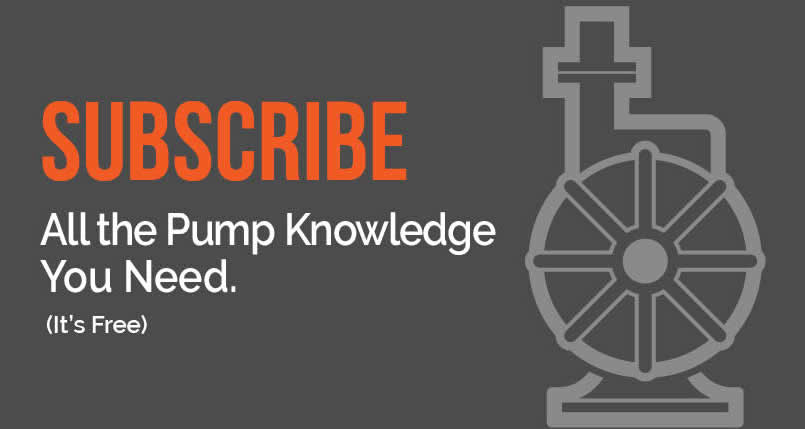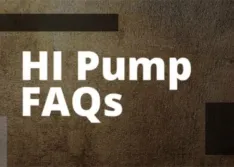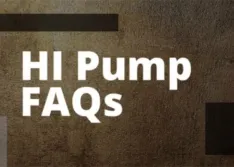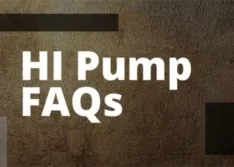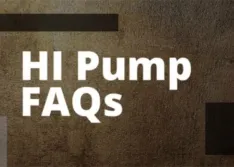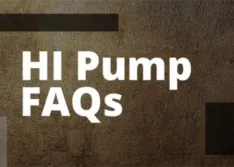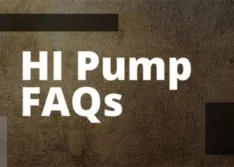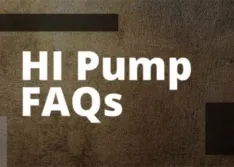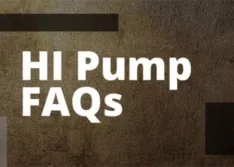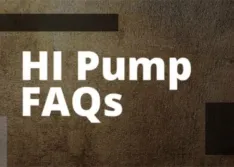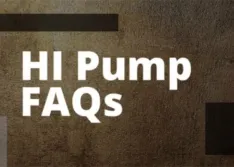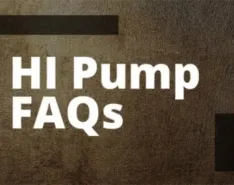Understanding the role and applications of water booster pump stations.
HI Pump FAQs
Condensate pumps can manage low-pressure condensate, limit cavitation, and ensure optimal performance.
The meshing action of rotary pumps does not create the same level of pulsating flow as reciprocating pumps, and they do not require inlet and outlet check valves like reciprocating pumps.
Having a proper insulation system for an electric motor is important for protecting the motors from shorts and contaminants.
How the difference between mechanical and chemical pulp affects the calculation.
Understanding wastewater disinfection to ensure safe effluent release
The primary benefit of condition-based monitoring is that high cost or unexpected failures can be mitigated, and the maintenance can be scheduled during a convenient time for plant operations.
Pressure is an important factor influencing the closing force between the seal faces, and the seal design may need to be adjusted to accommodate higher pressures.
Using the Darcy-Weisbach friction factor to calculate this major loss.
Proportional pressure is a control method that varies the speed of the pump according to a pressure algorithm.
The steps to find a single minor loss, specifically the bell-mouth inlet, the square-edged inlet and the inward-projecting pipe.
In this motor type, there is no induced current in the rotor, which eliminates the induction losses and results in increased efficiency, higher power density and lower heat generation.
What are the requirements for pump to motor shaft coupling alignment?
What type of pump should I use for high-temperature applications?
What are the most common mechanical seal face materials?
What does “petrochemical” mean, and which pumps would be best suited for a petrochemical application?
